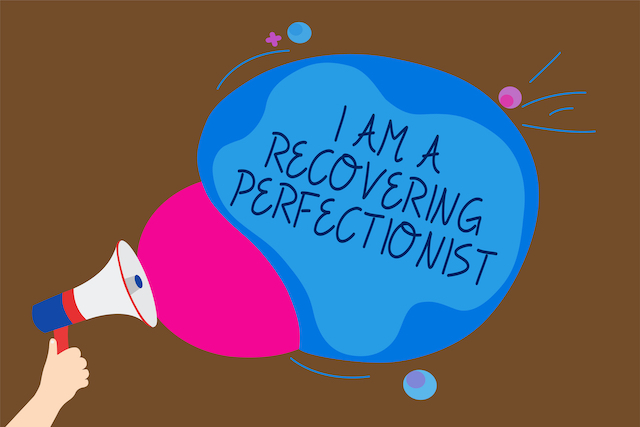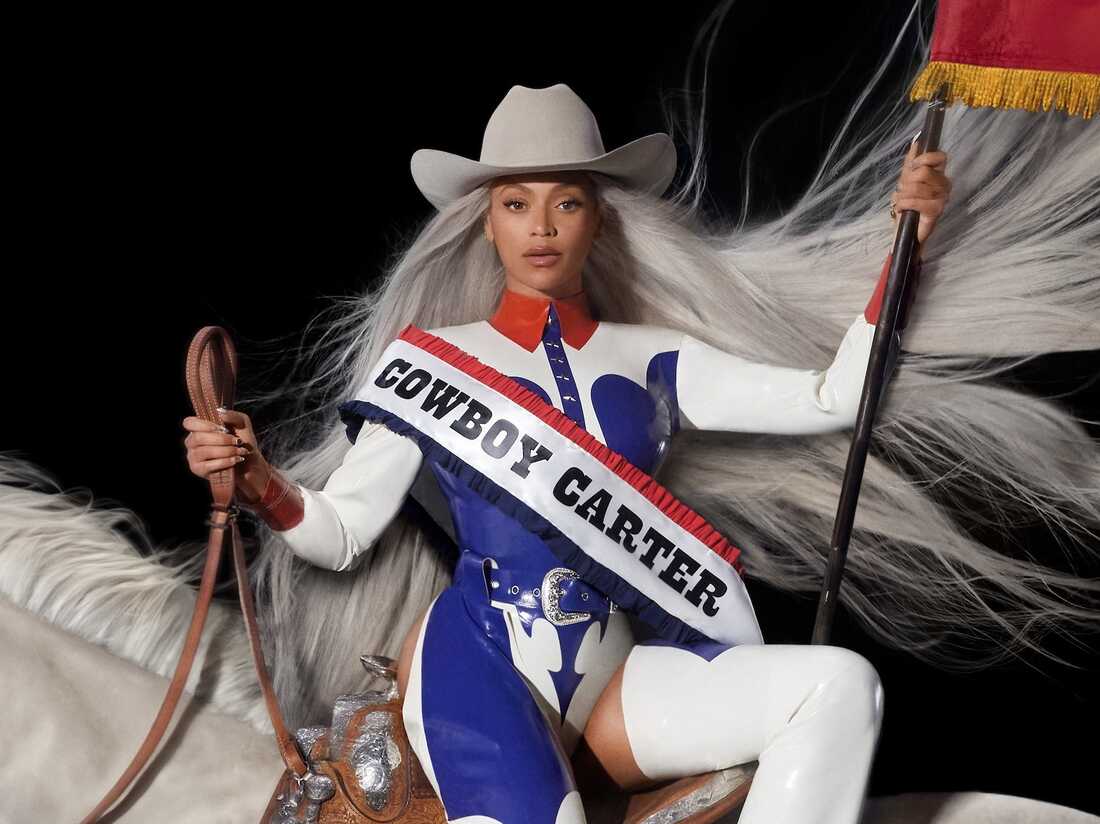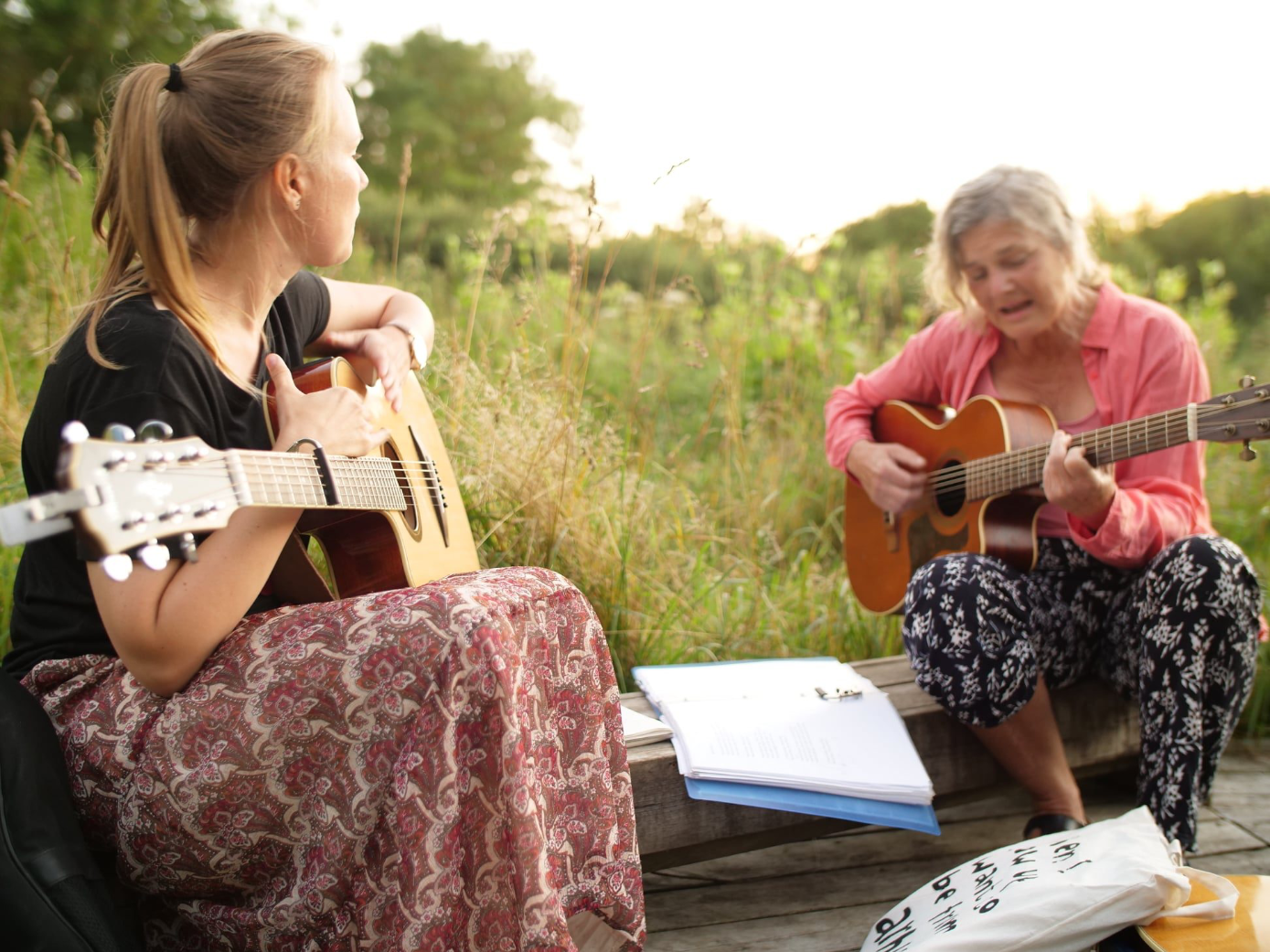In the vast landscape of music creation, there’s one element that often doesn’t receive the spotlight it deserves: the song title. Far more than a mere label, a well-crafted title serves as the gateway to your musical creation, offering listeners their first glimpse into the world you’ve built with your lyrics and melody.
The Hidden Power of Song Titles
When we think about songwriting, our minds typically jump to lyrical prowess, melodic hooks, or instrumental arrangements. Yet the humble song title wields remarkable influence over how your music is received, remembered, and resonated with. It’s the first thing potential listeners see on streaming platforms, the phrase they’ll use when recommending your music to friends, and often the final thought that lingers after the last note fades.
A song title is not simply an afterthought to be hastily decided once everything else is complete. Rather, it’s a critical component that deserves thoughtful consideration throughout your creative process.
Why Your Song Title Matters More Than Ever
In today’s digital-first music landscape, your song title carries even greater weight:
Streaming Platform Visibility: With millions of songs competing for attention on Spotify, Apple Music, and other platforms, your title needs to stand out while still accurately representing your work.
Search Engine Optimisation: People discover music through search now more than ever. A strategic title can significantly impact how discoverable your song becomes.
Social Media Shareability: Memorable, intriguing titles are more likely to be shared across social platforms, extending your music’s reach organically.
First Impression: In a world of shortened attention spans, your title might be the deciding factor in whether someone presses play or scrolls past.
The Song Title as a Creative Compass
Beyond marketing considerations, your song title can serve a valuable purpose during the writing process itself. Many accomplished songwriters begin with a title that encapsulates their vision, using it as a north star to guide their lyrical and melodic decisions.
This approach ensures cohesion throughout your songwriting journey. When you find yourself wavering between creative choices, returning to your title can provide clarity about which direction best serves the song’s core message.
Finding Your Perfect Title: Strategies from Successful Songwriters
The path to a compelling song title isn’t always straightforward, but these approaches have proven effective for countless songwriters:
Extract from Lyrics: Often, the most resonant line from your chorus or a particularly powerful phrase from a verse can make for an excellent title. Think of Adele’s “Someone Like You” or The Beatles’ “Let It Be” – both instantly recognisable and deeply connected to their songs’ emotional cores.
Create Intrigue: Sometimes, the most effective titles are those that prompt questions rather than answering them. Kate Bush’s “Running Up That Hill” invites listeners to discover what hill and why running. The curiosity gap drives engagement.
Use Contrast: Titles that juxtapose seemingly contradictory concepts can create immediate interest. Consider Radiohead’s “How to Disappear Completely” or Florence + The Machine’s “Shake It Out” – both suggest tension that the music resolves.
Keep It Concise: In general, shorter titles tend to be more memorable and impactful. They’re easier to remember, search for, and recommend.
Masterful Title Examples and Their Impact
Let’s examine some song titles that demonstrate exceptional craft and their effect on the songs’ success:
“Bohemian Rhapsody” by Queen: This title brilliantly captures the operatic, genre-defying nature of the composition while maintaining an air of mystery. What exactly is a “bohemian rhapsody”? The intrigue invites deeper listening.
“Space Oddity” by David Bowie: The play on “space odyssey” immediately establishes the sci-fi theme while hinting at something unusual or irregular about this particular journey.
“Waterloo Sunset” by The Kinks: This simple but evocative title places listeners in a specific location at a specific time, creating an immediate sense of place before a single note plays.
“Love Will Tear Us Apart” by Joy Division: The contradictory notion that love—typically seen as unifying—could be divisive creates immediate emotional tension that pulls listeners in.
When to Choose Your Title in the Songwriting Process
There’s no universal rule about when to finalise your song title, but these approaches are worth considering:
Title First: Beginning with a compelling title can provide focus and direction for your entire songwriting process.
Title Mid-process: Some songwriters prefer to start with musical or lyrical ideas and then derive a title once the song’s essence becomes clear.
Title Last: Waiting until completion allows you to step back and identify the most compelling element of your finished work to highlight.
Whichever approach you choose, ensure your title receives dedicated attention rather than being a rushed afterthought.
Testing Your Title’s Strength
Before finalising your song title, consider asking these questions:
- Does it accurately reflect the song’s emotional core?
- Is it memorable and distinct?
- Would someone be intrigued enough to listen based on the title alone?
- Could someone easily find the song if they heard about it?
- Does it feel authentic to your artistic voice?
Moving Beyond the Obvious
The most common pitfall in song titling is defaulting to the most repeated phrase without considering alternatives. Challenge yourself to explore less obvious options that might better capture your song’s essence or create more interest.
For instance, Coldplay’s “Yellow” could easily have been titled “Look at the Stars” based on its opening line, but the simpler, more intriguing choice proved far more distinctive and memorable.
Conclusion: Titles as Tiny Masterpieces
In many ways, crafting the perfect song title is an art form unto itself. When given proper attention, your title becomes not just a label but a vital extension of your creative expression, a miniature poem that opens the door to your musical world.
The next time you find yourself in the songwriting process, remember that your title isn’t just what the song is called—it’s an invitation, a promise, and often the first and last part of your song that listeners will engage with. Give it the creative consideration it deserves, and watch as it strengthens your entire musical offering.
Are you a songwriter looking to improve your craft? What’s your approach to creating song titles? Share your thoughts in the comments below or join our songwriting workshop next month!
For more songwriting tips and creative inspiration, subscribe to our newsletter and never miss a post.

















